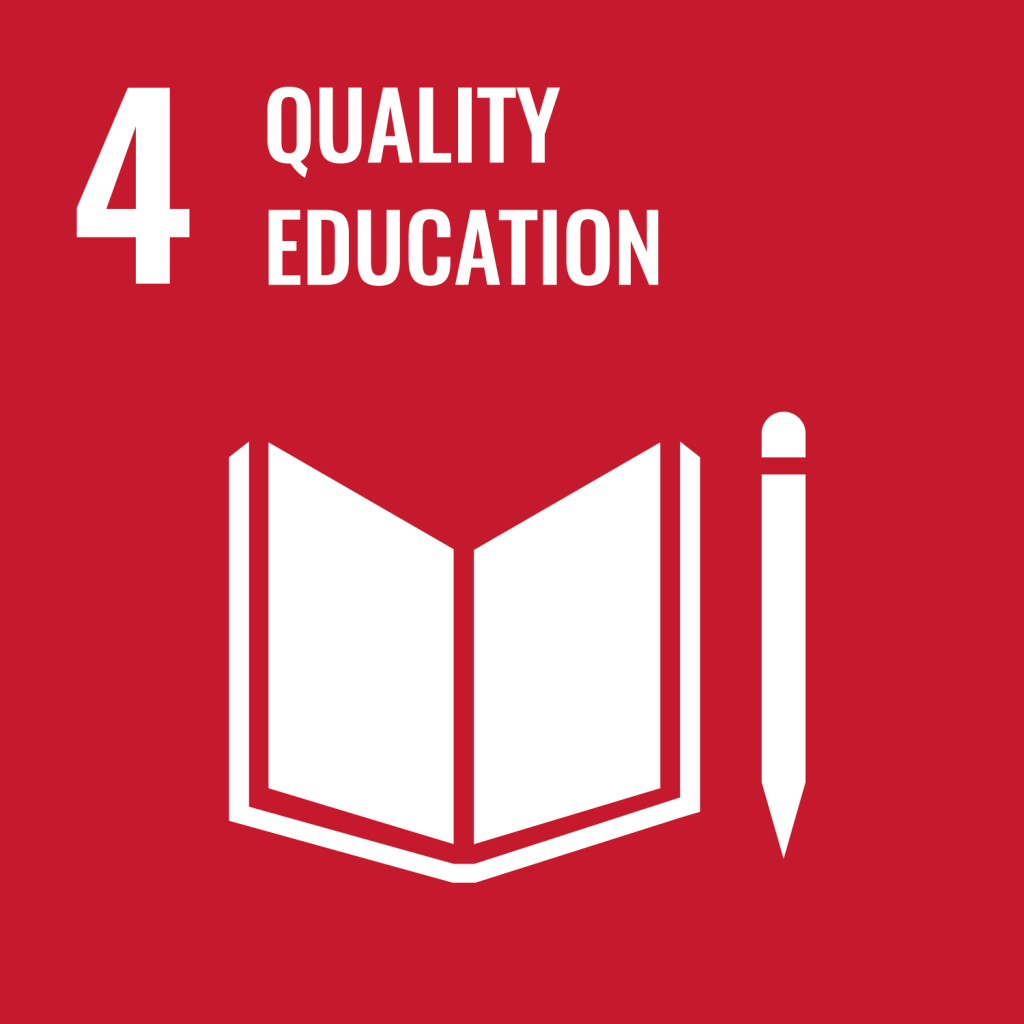 The Landmark Project strongly supports SDG Goal 4 through project-based learning. Students actively do research on locations around the world using knowledge and skills in geography, literacy, politics, art, science, and history.
The Landmark Project strongly supports SDG Goal 4 through project-based learning. Students actively do research on locations around the world using knowledge and skills in geography, literacy, politics, art, science, and history.
The 2026 Project is Fast Approaching!
Primary 2026 Clues | Challenge 2026 Clues
While this project has a level of competition, we do not just honor the top scores. We honor all of you for getting involved in an international activity that leads to learning more about our world while exercising skills of information literacy! Primary and Challenge scores are all posted at the end of the project.
Project Timeline Page
Join Our Facebook Teacher group for project updates!
Welcome from your project coordinator, Dr. Terry Smith. My experiences include being a National Geographic Education Program instructor/mentor, a moderator for the NatGeo GeoBee, and an AP Human Geography scorer – you can see why I love the Landmark Games – so much geography! I taught in the elementary classroom for 14 years, and my higher ed background is with Radford University, Western Illinois University, Antioch University, and the University of Saint Francis. I hope you enjoy this project-based learning global experience and the adventures of collaborating with others around the world!
Application: Sign-Up January 16, 2026.
How to Register with Kidlink and Sign Up for Landmark
You must complete the Sign-UP Google form for your class to join the project: (form link coming in December – early signups are welcome)
New: I strongly suggest that all teams use a Gmail address for project interactions. We are doing this because there have been so many cases of blocked emails and error messages when regular school district emails have been used, and teachers have been unhappy when their Landmark questions were not being answered.
Levels of Play
This challenging project is for students ages 9 and up, typically in grades 4 through middle school. Because the age ranges can go as high as 16 with some of our international players who speak English as a second language, the project has two levels of play. The younger players are in the Primary Game and the older players usually are in the Challenge Game. Younger teams are welcome to be in the Challenge Game, but the level of difficulty is much greater. See the Instructions for Playing link for these two levels of play.
Who has participated in Landmark?
Teams from The Czech Republic, Mexico, Georgia, Russia, USA, Germany, Taiwan, Pakistan, South Africa, France, Brazil, Canada, Australia, Israel, Canada, Spain, England and Slovenia.
Sample Video from a long time ago! Mrs. Bashour’s class in Lebanon.
Project-based Learning in Global Competencies
Objectives: The cross-curricular Landmark Games provide practice for developing the global competencies students need to succeed. Working with topics related to geography, history, literacy, math, and science, students are also developing the competencies with Collaboration, Organization, Critical Thinking, Problem Solving, Creativity, Technology Skills, and Global Awareness. One exciting outcome is that Teachers develop enduring relationships for future classroom-to-classroom interactions around the world!
Networking With Other Professionals on Facebook!
Please Request to Join our project Facebook Group (a private group for participating teachers only.) This is where we publish important project communications. And you can tell us about your part of the world, what your class likes to do, and about your school. You can communicate with other participants from all over the world. We always encourage creative use of technology so also communicate with Zoom, Blue Sky, Instagram, WhatsApp as well as email!
